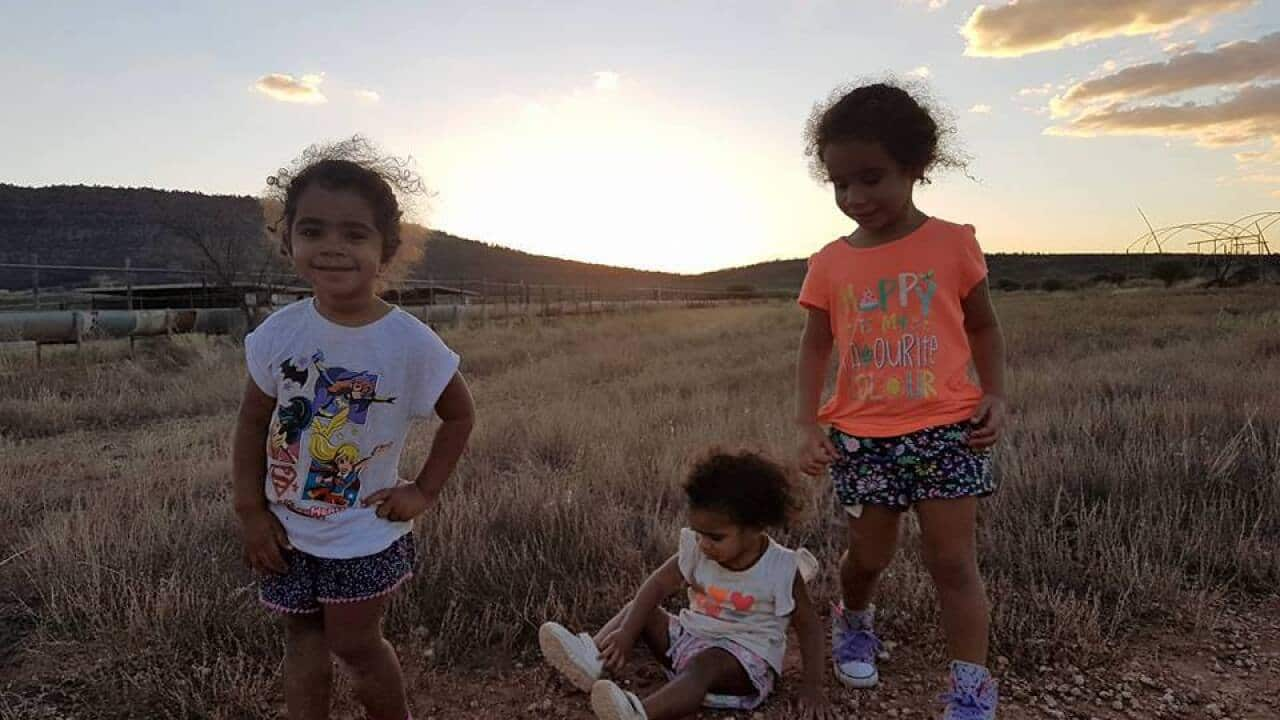The Gundungurra people are fighting for Indigenous heritage protections for what’s left of the Burragorang Valley so they can continue to tell and share their stories for generations to come.
The Katoomba-based Gundungurra Aboriginal Heritage Association has lodged an application to have the valley declared a NSW Aboriginal Place in a bid to save hundreds of Indigenous sacred sites at risk of being flooded if the Warragamba Dam wall is raised.
The raising of the dam wall by 14 metres is under consideration as the best infrastructure option to reduce flood risk from the floodwaters of the Warragamba River catchment.
This in turn could destroy thousands of years of Indigenous heritage.
Kazan Brown, a Gundungurra person from Burragorang Valley, is working alongside the association to campaign against the raising of Warragamba Dam wall.
“We don’t want to lose any more,” Ms Brown told NITV News.
She says it's about keeping her family heritage alive.
“Our family is custodians of many of the sites down there (in the valley),” she said.
“People need to realise the importance of the culture that we are going to lose."
Ms Brown says the Gundungurra people were forced to move during the 1960s when the dam was first built, resulting in a loss of 80 per cent of their heritage and cultural sites.
She's worried they'll now lose more. “If the government can happily flood a world heritage listed national park, what’s going to happen to the world heritage protection that’s on the Great Barrier Reef, Kakadu [National park] and Ayers Rock? It means that the protection that world heritage is supposed to have in this country means nothing.”
“If the government can happily flood a world heritage listed national park, what’s going to happen to the world heritage protection that’s on the Great Barrier Reef, Kakadu [National park] and Ayers Rock? It means that the protection that world heritage is supposed to have in this country means nothing.”

The Burragorang Valley is home to the only known waratah cave art. (Image by: Kazan Brown) Source: Waratah
The Burragorang Valley is home to the only known waratah cave art. The cave with this art is an important Dreamtime story to the Gundungurra people.
Ms Brown says there are likely other similarly significant sites, but she and her family haven't been able to visit the area as there are parts inaccessible to the public.
She says the state government told them that if any Indigenous artefacts or art were found, they would be informed.
Harry Burkitt, Wild Rivers campaign manager, says the NSW government is ignoring their obligation to protect the world heritage area.
“If the inundation proposal were to proceed, the values and integrity of the Greater Blue Mountains World Heritage Area would be significantly degraded,” said Mr Burkitt. A spokesperson for Infrastructure NSW says that WaterNSW is currently in the process of formulating a comprehensive Environmental Impact Statement (EIS) which will be exhibited in 2019.
A spokesperson for Infrastructure NSW says that WaterNSW is currently in the process of formulating a comprehensive Environmental Impact Statement (EIS) which will be exhibited in 2019.

“We don’t want to lose any more,” Ms Brown said. (Image by: Kazan Brown) Source: Supplied
“The process for Aboriginal cultural heritage assessment is part of the environmental impact assessment for the Warragamba Dam Raising proposal currently being undertaken,” Infrastructure NSW spokesperson said in a statement.
Infrastructure NSW says consultation with Aboriginal communities in the area has been taking place with specialised Aboriginal heritage consultants.
"The area being proposed as an Aboriginal Place is already subject to the Aboriginal Land Use Agreement with the Gundungurra People," the spokesperson said.
The raising of the dam wall is still on track to begin by 2020, dependant on approvals. But Ms Brown believes there are many alternatives to manage downstream flooding without impacting on heritage.
But Ms Brown believes there are many alternatives to manage downstream flooding without impacting on heritage.

The NSW Government is being accused of ignoring their obligations to protect the world heritage area of the Greater Blue Mountains. (Image by: Kazan Brown) Source: Sourced
“There’s talks about diverting flood waters elsewhere, by building flood levies, having better evacuation routes and no more developing on the floodplain,” said Ms Brown.
“It doesn’t matter how high they put this wall, it’s still going to flood in the Hawkesbury.”
Ms Brown wants her grandchildren to be able to visit the cultural sights and show generations to come where their family has come from.
“Non-Indigenous people have a legacy. They may leave a property or antique furniture and even a great grandmothers wedding dress. Well this is what my family has left,” Ms Brown said.
“The connection has never been broken by my family. After the dam flooded, my grandfather took my boys down there. They used to go camping and learn about all the stories and the traditional ways."













